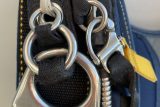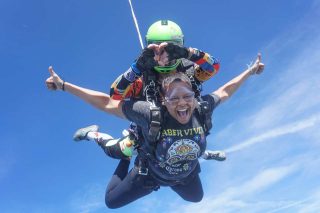Skydiving Hand Signals
General
1 week ago
When the wind is flying past at 120 miles per hour, shouting instructions just doesn’t cut it! Instead, jumpers use skydive hand signals to communicate basic instructions such as extending legs out, arching harder, checking altitude, and more.
These hand signals are consistent across the skydiving community. Whether you’re a fledgling preparing for your first solo jump; trying out the different disciplines of skydiving, like learning how to swoop into formation; or going indoor skydiving, hand signals are essential to safety and success.
So, what are the hand signals in skydiving? Keep reading for an explanation of each one in detail!
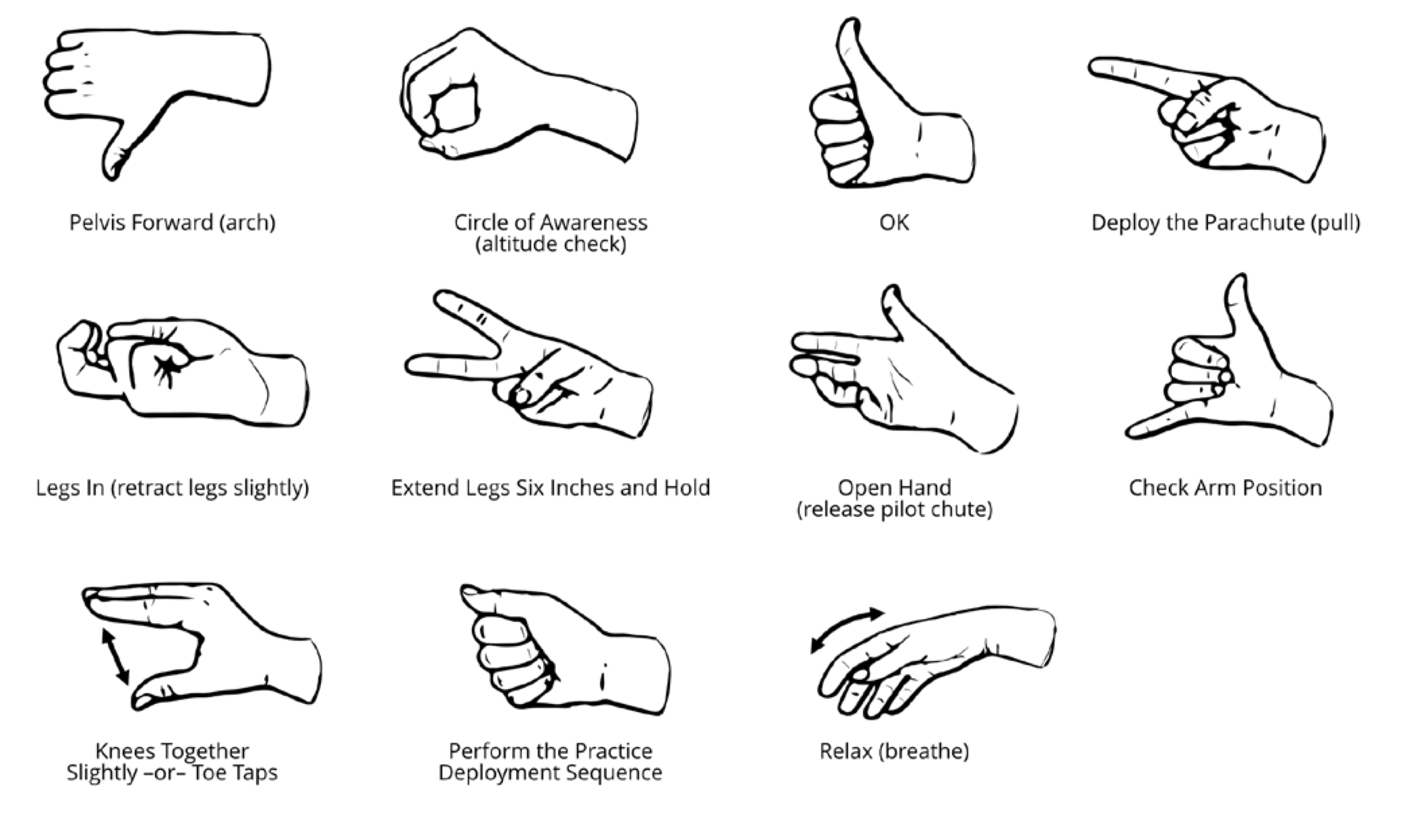
Pelvis Forward
Don’t worry – seeing a thumbs down from your instructors doesn’t mean they are disappointed in you! This skydive hand signal means to arch harder by pushing your pelvis forward. In a belly-to-earth position, your pelvis is your center of gravity, so pushing it toward the ground helps with stabilization and reducing tension in your body.
The skydiving arch is the mother of all skydiving positions – even tandem skydivers have to perform the arch. Easier said than done, the arch requires that you push your hips toward the ground while keeping your chin and ankles high. Like a banana!
OK
The thumbs up freefall and indoor skydiving hand signal does actually mean that you’re doing great! All is A-OK – this is a good opportunity to think about how cool it is that you just jumped out of an airplane!!
Circle of Awareness
It’s crucial when skydiving to stay aware of your altitude. You mustn’t forget to pull your parachute on time! When your instructors make a circle skydive hand signal, it’s time to check your altimeter. If you ever lose altitude awareness, remember the five second rule in skydiving. Your instructor will explain what it is in more depth, but basically, you should decide to pull your reserve parachute after five seconds of being unsure of your main parachute.

Extend Legs
This AFF skydiving hand signal looks like a peace sign but it actually means to extend your legs six inches and hold. If you bring your legs in too close, it can cause you to move backwards away from your instructor, so this is a commonly given skydive hand signal during coach jumps.
Legs In
When you see your instructors leave their middle and index fingers extended yet slightly bent, this means to retract your legs slightly. Taller students tend to need this instruction the most. Usually, students need more of a reminder to extend their legs out than to bring them back in with the “extend legs” skydiving hand signal.
Deploy the Parachute
Careful with this one! This signal may seem like your instructor is just pointing somewhere for you to go or look at, but it means to deploy your parachute.
This skydive hand signal is one of the most important to know throughout your skydiving career – it may be used long past being a student. For various reasons, such as an out-of-sequence deployment, sometimes a skydiver needs to communicate to another that they need to pull.
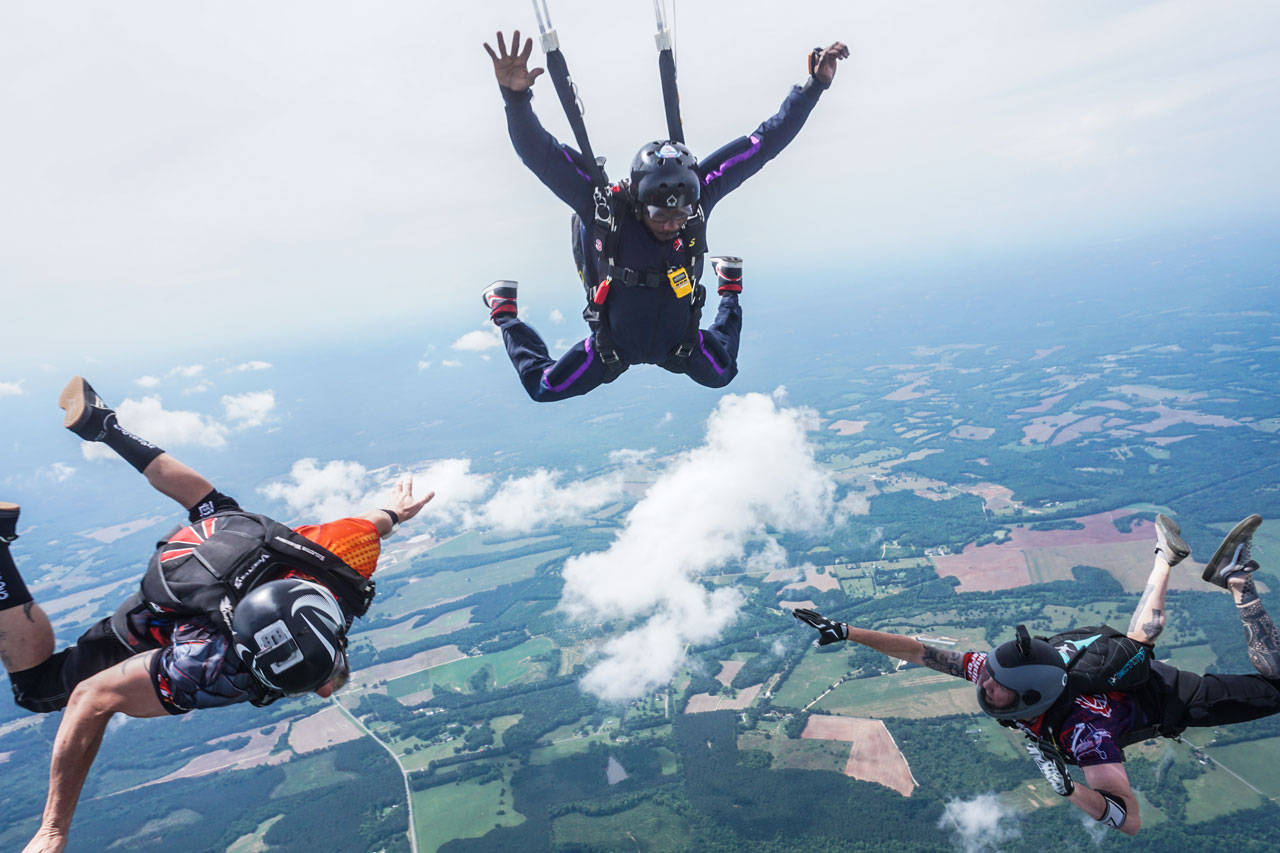
Check Arms
While this AFF and indoor skydiving hand signal might look like a shaka (which is a favorite among skydivers), when you see this signal in freefall, it means to check your arm position. Now, if you see this signal on the ground or the airplane, feel free to return the gesture with your own shaka sign. Right on!
Toe Taps
This skydive hand signal means to tap your toes together. Toe taps during freefall accomplish a couple of things – they bring your knees together and make sure your legs are at the same level, preventing any unwanted turns. Plus, they’re fun to do!
Practice Deployment
The most important freefall skill is deploying your parachute, so it makes sense that we have an AFF skydiving hand signal to remind students to practice the deployment sequence. Usually, you’ll practice this three times during freefall when you’re first starting out as a new jumper.
Relax
Sometimes being nervous can make our bodies tense, which doesn’t make for the best skydiving positions. When you see your instructor shaking his or her hand, take a deep breath and relax. Remember, completing AFF to earn your A-license is supposed to be fun!
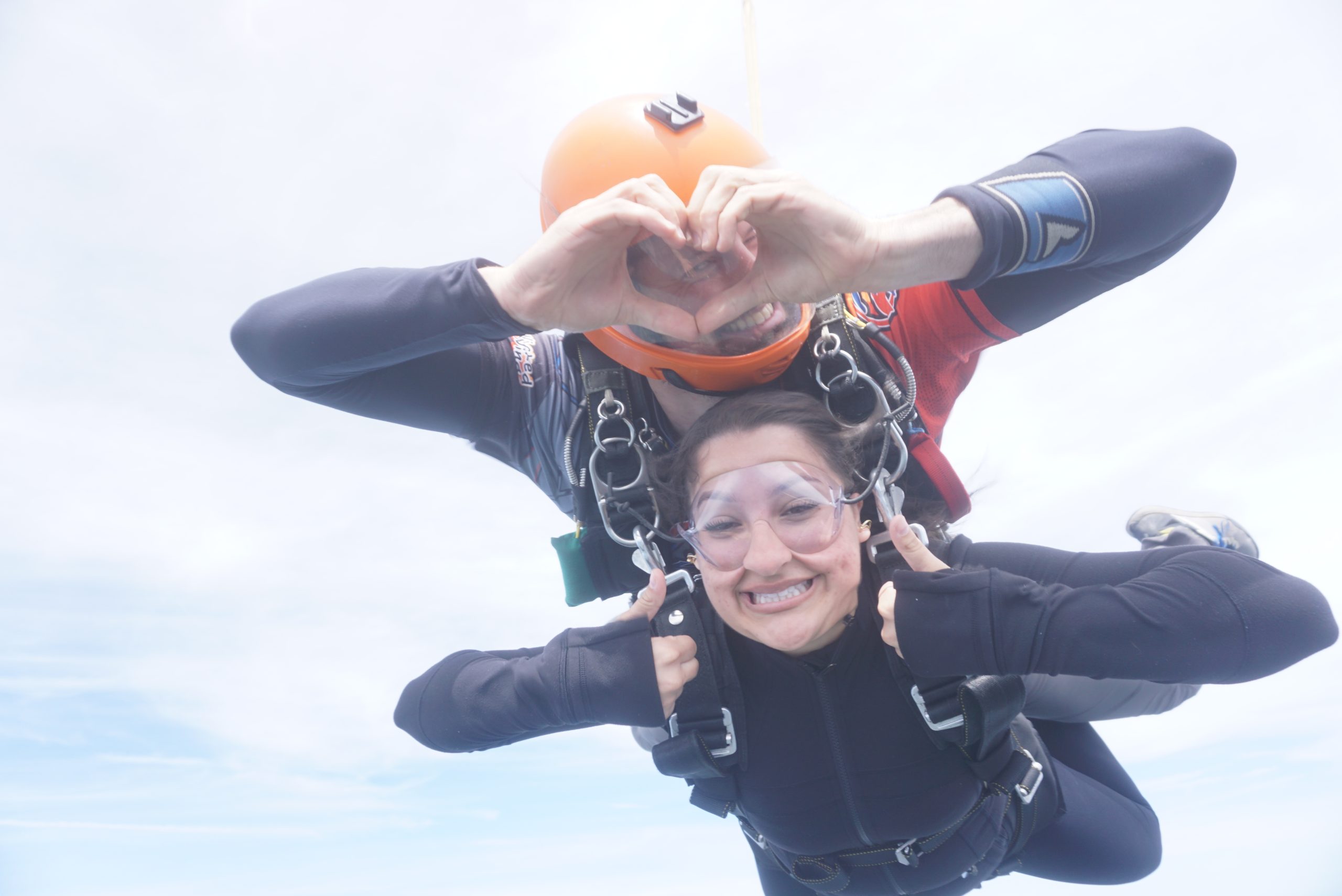
Hand Hearts
Now, this skydive hand signal is incredibly important. If your instructors make hand hearts during a skydive, it means they’re having a ton of fun and really enjoy flying with you! If you’re feeling the love, you can make this skydiving hand signal right back at them!
Rock On
The “rock on” hand sign is a widely recognized symbol in rock and metal music culture. Did you know it’s also widely recognized in skydiving? You’ll see jumpers making this hand gesture constantly, showing off the good times they’re having in the sky.
The Skydiving Handshake
Once you make your first skydive, you’ll notice when the plane gets close to jumping altitude, everyone on the plane exchanges a handshake – no matter which dropzone you are at. Unlike our skydive hand signals, we can’t tell just anyone what our handshake is. Instead, you’ll have to come see for yourself!
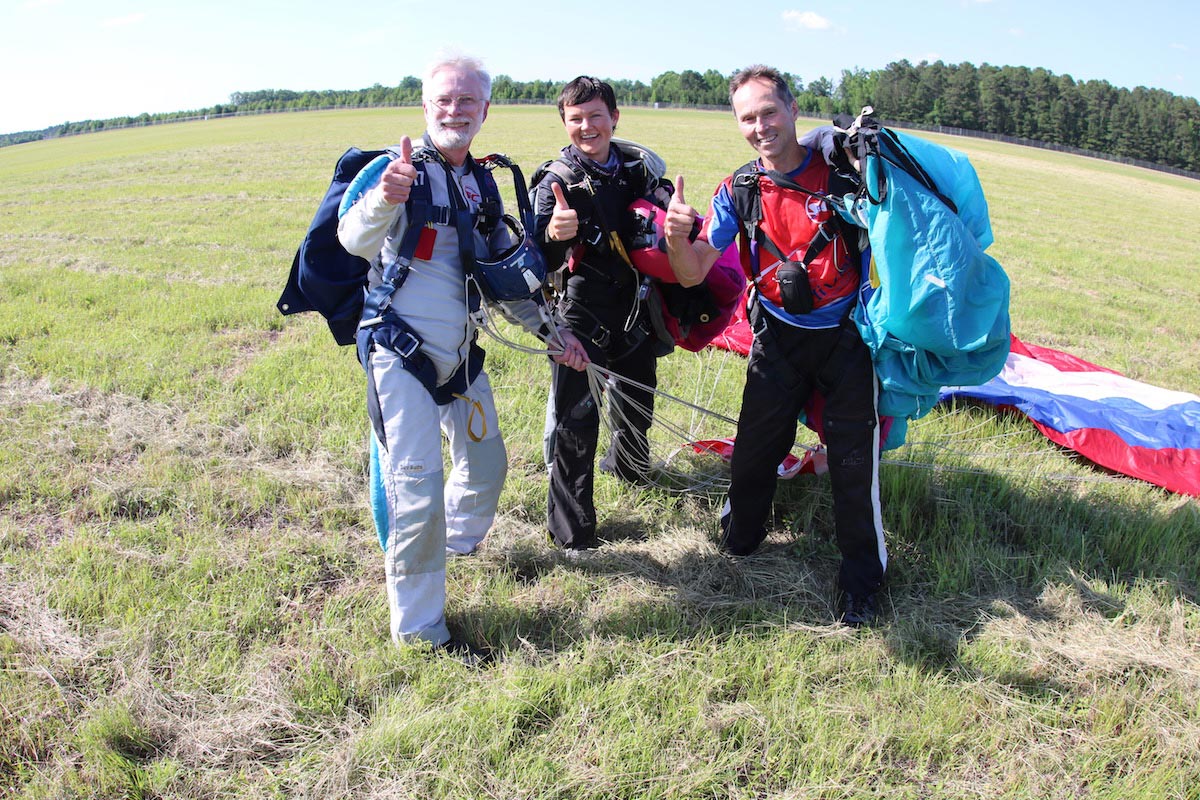
Are You Ready to Skydive?
Feeling up to the challenge? All you need is a week of good weather to become an A-licensed skydiver! And, now that you’re familiar with the AFF skydiving hand signals, you’ll impress your instructor right from the start. Book your First Jump Course today! Blue skies!
